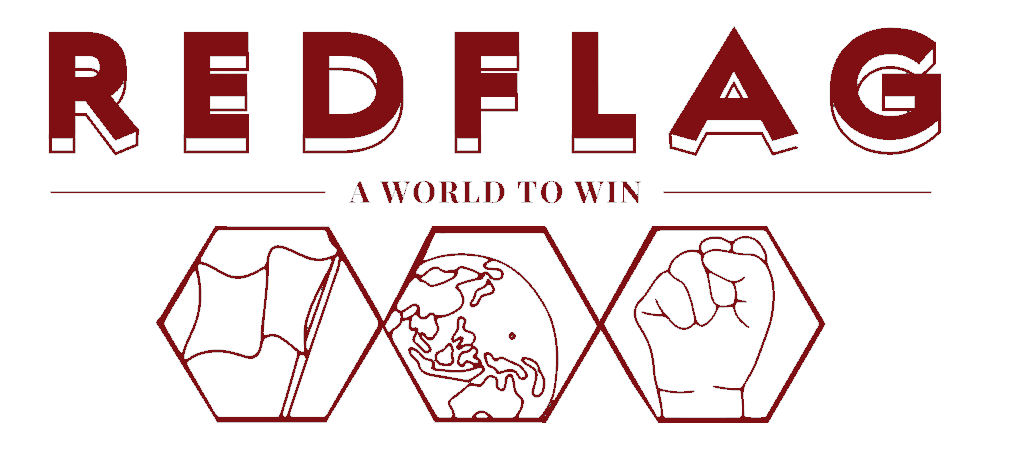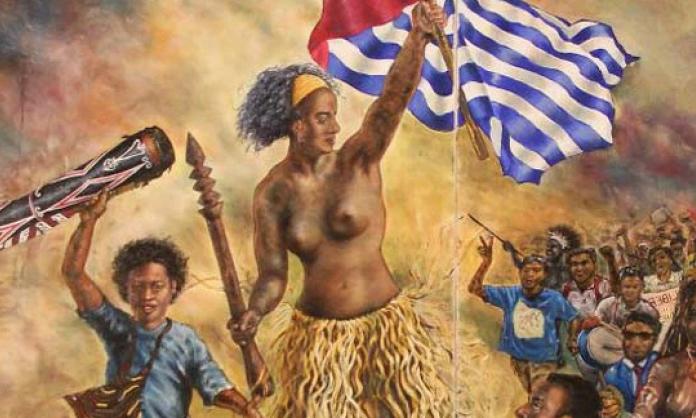The Grasberg open pit is an open sore in the heart of the West Papuan highlands. The largest gold and third-largest copper mine in the world, Grasberg has been a source of huge profits for US-based Freeport-McMoRan and the Indonesian government.
But it also has been a source of immense violence, directed at local populations, and environmental degradation, a result of tailings being dumped into the Agabagong River.
The Amungme and Kamoro, the original landowners in the areas that now contain Freeport’s operations, have never been given a say over the exploitation of the land and have been heavily repressed by the Indonesian military, police and private security.
“Why did Amungme elders put border markers all the way around the … mountain of ore in 1967 during the exploration phase?”, John Rumbiak, a West Papuan human rights activist, asked in 1996. “Because that was a sacred area. Indonesian law considers the deep jungle to be empty, to have no owners. This is a very wrong perception. I want to stress that in Irian [West Papua], there is not a single piece of empty land. Every tree has an owner.”
In December, a Melbourne panel discussion, “Abusive visitors”, will explore the history of and devastating social and environmental impacts wrought by foreign exploitation of natural resources in Mt Carstensz, the location of the mine.
The forum, set amid 30 new Australian art works about West Papua, will hear from two women – a geographer and an indigenous West Papuan – and two men – a photographer and a mountaineer.
----------
The forum is one part of a program of events run by the Federal Republic of West Papua during the Sampari Art Exhibition, running from 4 to 13 December. For more information visit dfait.federalrepublicofwestpapua.org/event/sampari.




